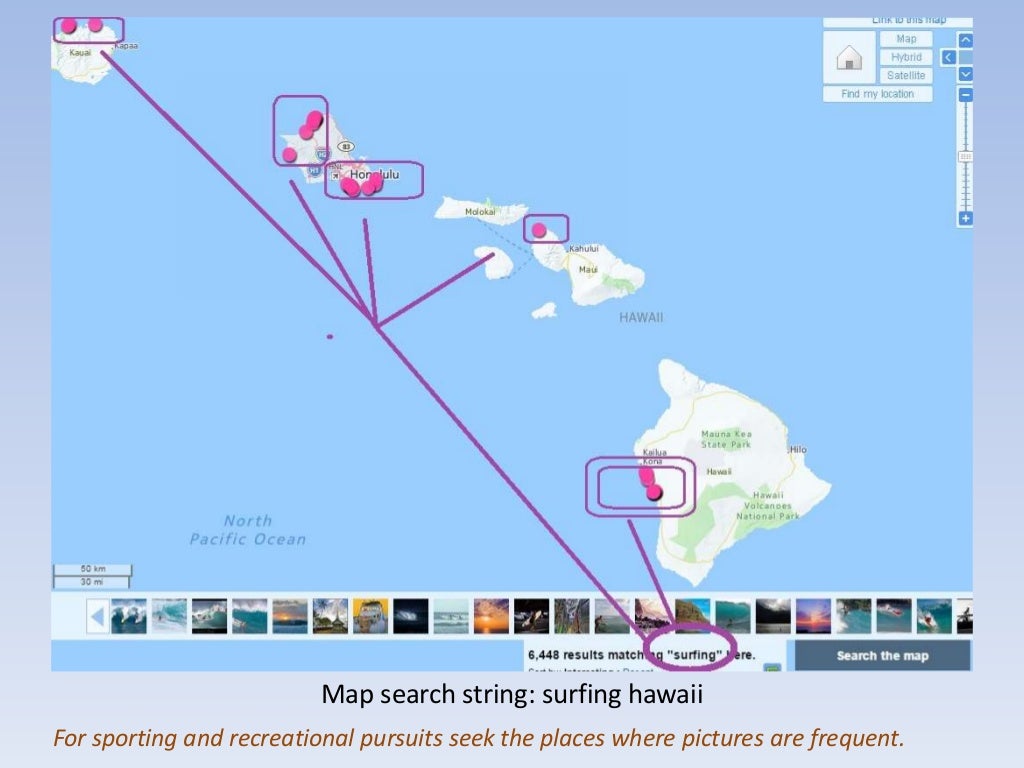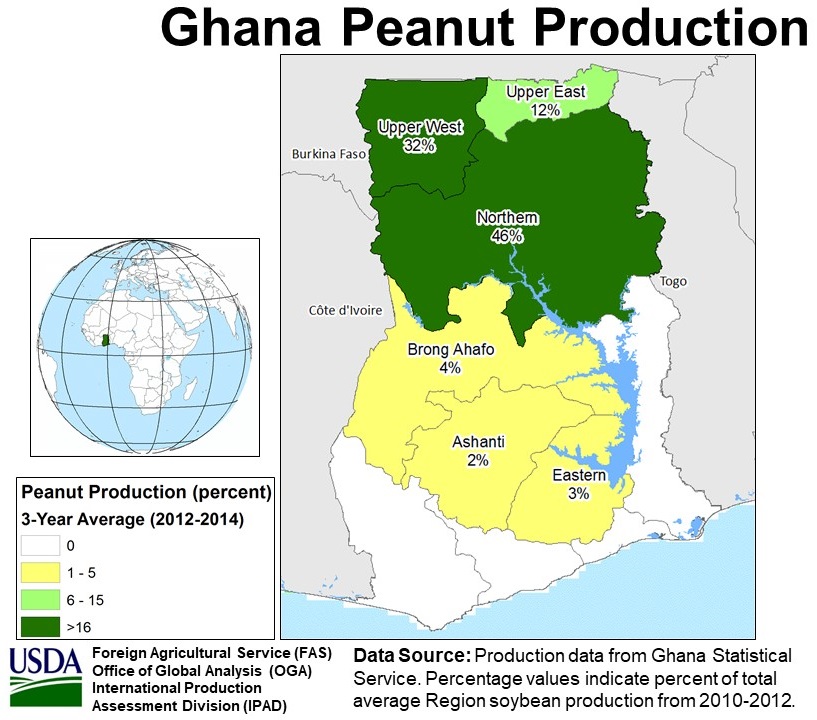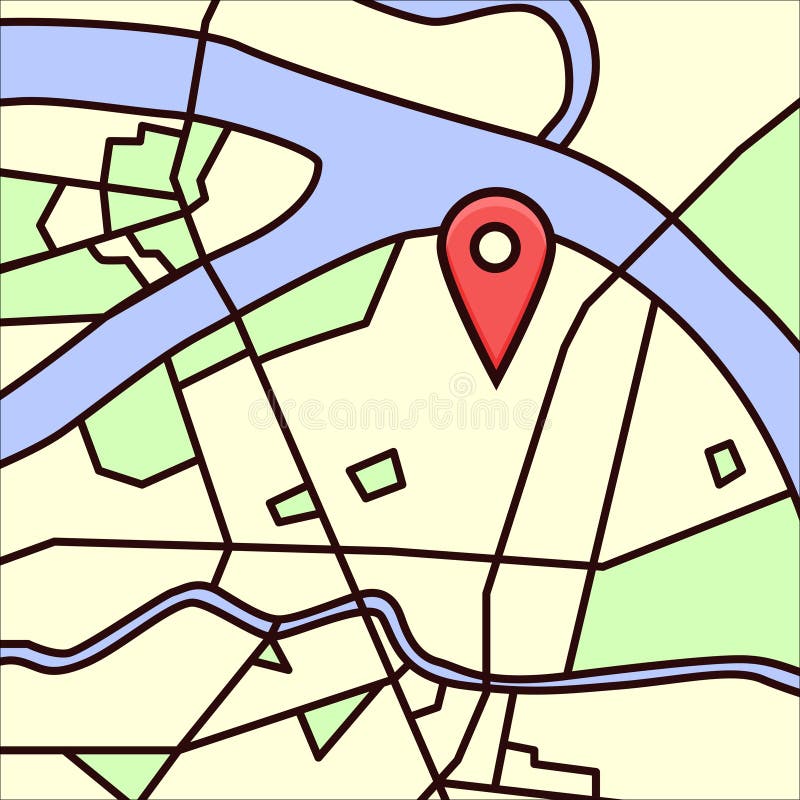


We are living in an era characterized by a constant and massive production of a huge amount of data on a daily basis (or even at higher frequencies). At the same time, the effort required to set up this method is feasible and less prone to the arbitrary decisions of the researcher. Furthermore, this method reduces the computational effort needed to pre-process the collected tweets (e.g., showing the lowest collection times and the lowest number of duplicates within the geographical areas) and enhances the territorial coverage (if compared to the population distribution).

Our findings regarding Great Britain identify one of these methods as the best option, since it is able to collect both the highest number of tweets per hour and the highest percentage of unique tweets per hour. This is achieved considering four main comparison criteria: Collection time, dataset size, pre-processing phase load, and geographic distribution. In particular, the target of this paper is to compare three alternative methods to collect data from the social media Twitter. In this framework, our paper aims at identifying an optimized and flexible method to collect and, at the same time, geolocate social media information over a whole country. To be able to timely support solid decisions in any field, it is essential to increase data production efficiency, data accuracy, and reliability. I’ve seen others use the photo field or a URL without tag with widget type = Attachment and Integrated Document Viewer option as either Image or Web View with width and height set to either auto or actual values - Using these options doesn’t work for me and doesn’t produce the result I want.In the era of Big Data, the Internet has become one of the main data sources: Data can be collected for relatively low costs and can be used for a wide range of purposes.
Geotag maps full#
The QGIS2Web plugin seems to only show the full photo size, which isn’t what I want. Note: I chose to use the full html tag in my URL (with widget type = text edit) as it’s easier to specify the width and height. I’ve also added a description field to describe my photo. URL) and field type (text or string) and length (e.g. Edit Attribute Table to include photo uRLĪdd New Field: input field name (e.g. The URL and Description Fields are new fields that I’ve added to my table (which you won’t have in your table). I’ve edited the attribute table of my geotagged photo layer to include a Description and URL fields that I’m going to use later for a quick web map. Also you will need the QGIS2Web Plugin installed. Step 4: Create Web Map with Popup (OPTIONAL)įor this portion you will need to have your photos stored on the web somewhere and be accessible using a direct link (e.g. If you don’t see the Processing Toolbar Panel then go to Processing Menu > Toolbar. In QGIS: Go to the Processing Toolbar panel. As for QGIS version, I am using QGIS 3.14 Pi. Also, if you wan to create a web map then you need to have qgis2web plugin installed. The only requirement to this short tutorial is that you must have photos that are already geotagged. Geotagged photo can be mapped and viewed in QGIS. If you have ever taken photos with your smartphone then most likely your photos as geotagged (assuming geolocation is enabled on your phone). The geographic information (latitude, longitude, altitude, bearing or direction, and date/time stamp, etc.) are stored in the image’s EXIF header. A geotagged photo has associated geographic location added to it by a process called geotagging. If you have a need to map and view your geotagged photos then this post is for you. I thought I would a complementary posting on mapping and viewing geotagged photos in QGIS. I think it’s good idea to learn both ArcGIS and QGIS.Īnyway, enough on ArcGIS.
Geotag maps pro#
If you are a student, you can look into the Learn ArcGIS Student Program (launching September 1, 2020) that gives qualified students free access to AGOL and ArcGIS Pro for a year through a membership in the Learn ArcGIS organization. You can get a free public ArcGIS Online (AGOL) account if you’d like to give it a try. We had an interesting discussion on teaching GIS in the academia (although I am no longer in academia - I still enjoy teaching and doing trainings).
Geotag maps software#
It provides some very useful information for on using ESRI software (AGOL) to map and view geotagged photos. You can read his post on Using the Photos with Locations Tool in Education.

Today’s post is inspired by Joseph Kerski, who works at ESRI doing GIS in Education.


 0 kommentar(er)
0 kommentar(er)
